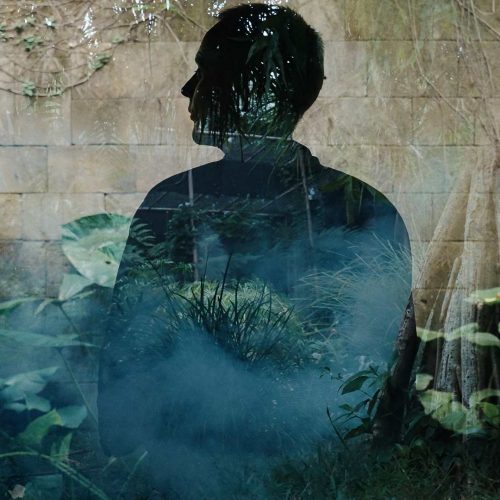Charlotte Perriand | Tradition and Modernity | Fondation Louis Vuitton
“Everything changes so quickly,
and what is state of the art one moment won’t be the next.
Adaptation has to be ongoing — we have to know and accept this.
These are transient times.”
- Charlotte Perriand
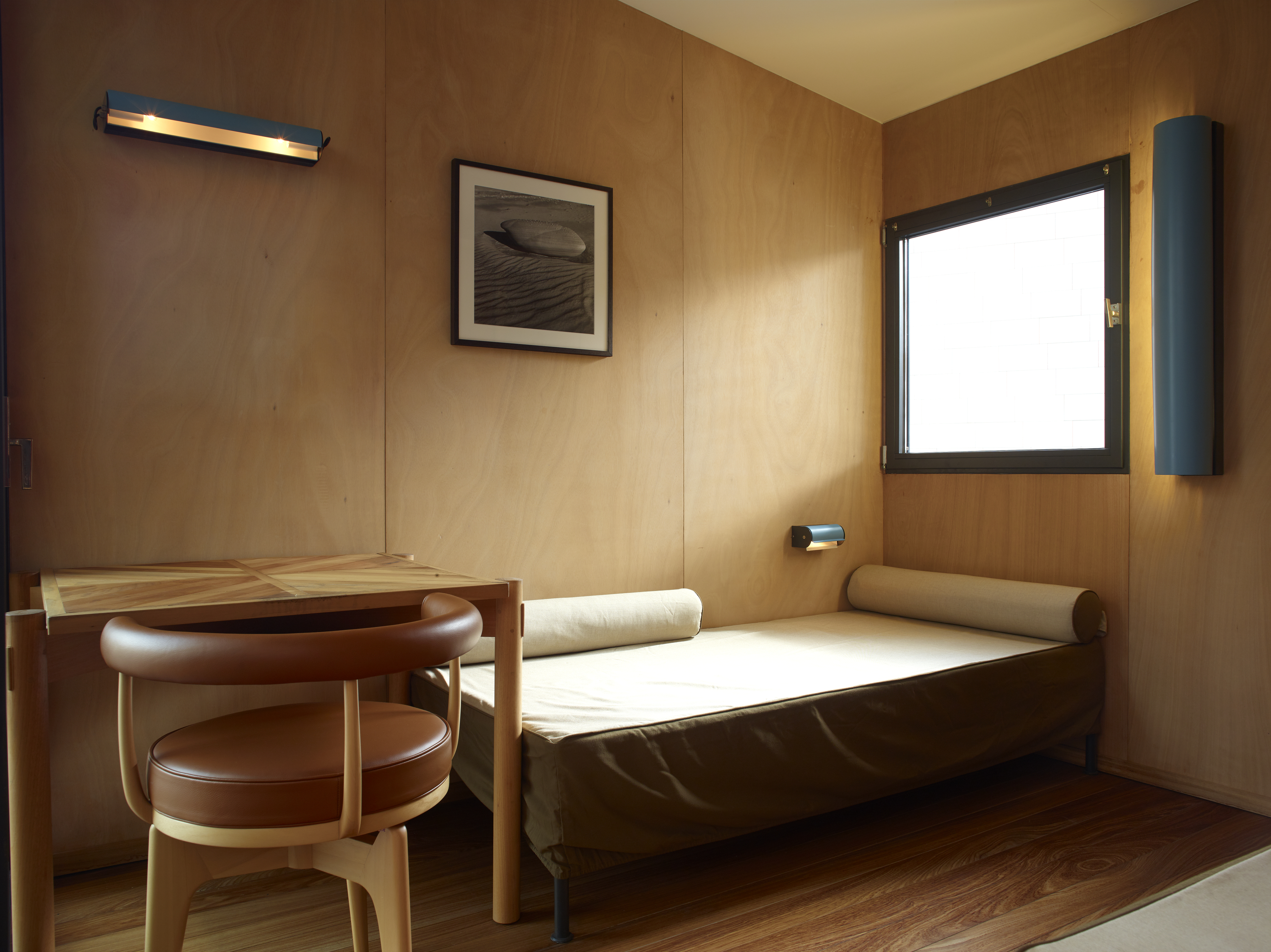
© Fondation Louis Vuitton

Charlotte Perriand stands out as one of the great architects, designers and thinkers of the 20th century. A retrospective at Fondation Louis Vuitton in Paris commemorates her life of creation and lasting influence — from October 2nd, 2019 to February 24, 2020. Perriand’s designs are timeless still today combining tradition and modernity in a universally appreciable sense. Her creative work spans furniture design, interior design, industrial design and architecture, but her independent spirit and life exploration are just as noteworthy.
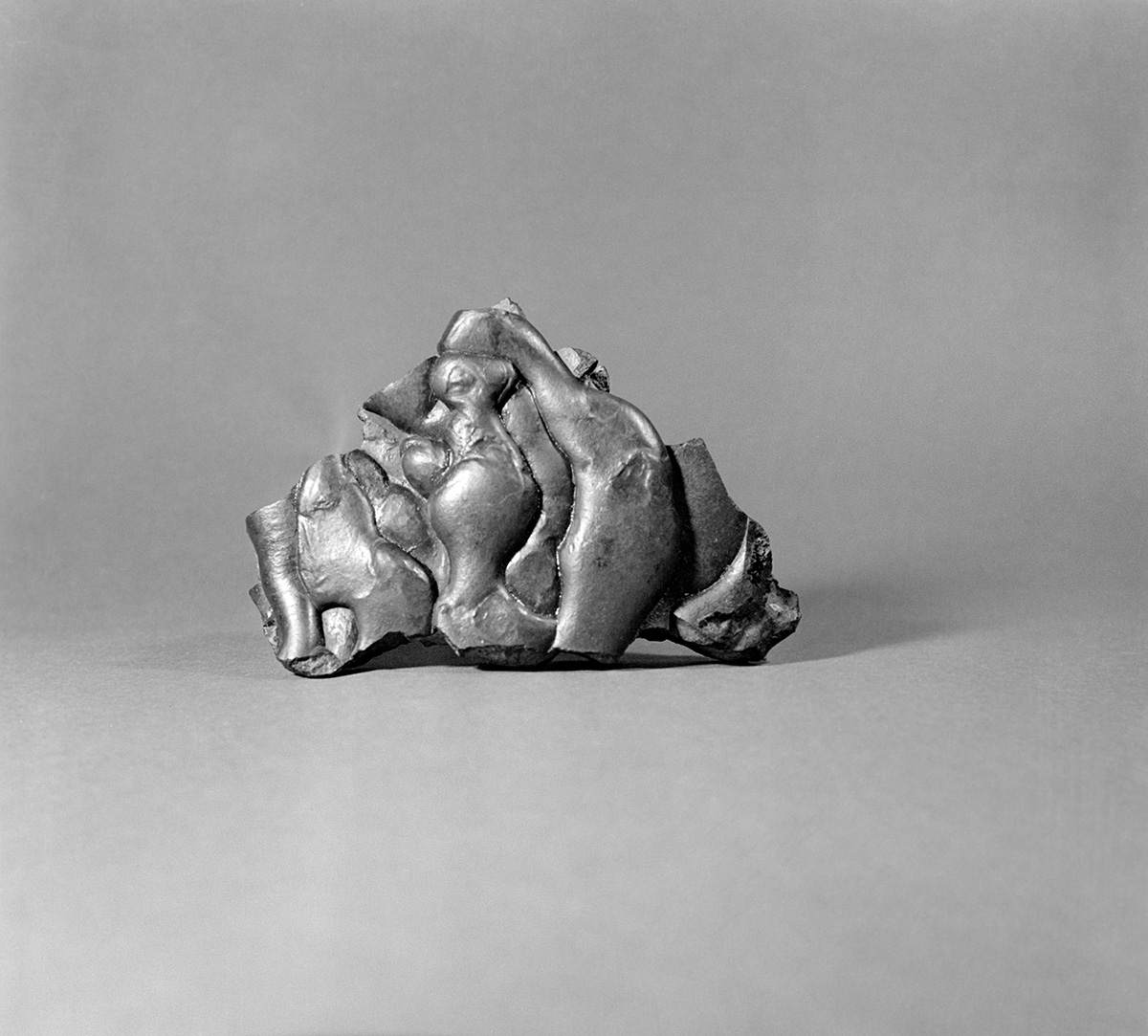
© Fondation Louis Vuitton

© Fondation Louis Vuitton
Perriand’s career began in 1927 at the age of 24 upon graduating from the École de l’Union Centrale des Arts Décoratifs, in Paris. After being pre-emptively dismissed on the basis of her gender by Swiss born designer and architect Le Corbusier to work in his studio Salon d’Automne, her progressive portfolio gained her a position as interior designer for a decade to come. It was here that she produced renowned designs such as the sculptural chaise longue, the grande comfort chair and the fauteuil dossier basculant. In 1929, Perriand became a founding member of the Union des Artistes Modernes, which advocated “functionalism” in French architecture.
Beginning her independent career in 1937, Perriand embarked upon a number of collaborations with designers, artists and friends such as Jean Prouvé, Fernand Leger, and Steph Simon. Her style evolved during her study of Japanese culture and traditional craft working as an advisor on industrial design to the Japanese government from 1940-42. During this time she created some of the most fascinating pieces in her collection, adapting new materials such as bamboo to construct her previous industrial designs. She was deeply moved by the economy, elegance, and modesty of historic Japanese design and architecture. Her most memorable tribute to Japanese living is reconstructed at the Foundation Louis Vuitton exhibition — a contemporary interpretation of the cultural symbol of the tea ceremony house. The original can be found in the garden of the UNESCO headquarters in Paris.
At the height of World War II, Perriand continued her voyage to the then-French colony of Indochina, which included Cambodia, Laos, and Vietnam, where she conducted a study of Indochinese craftsmanship. Ilse Crawford, founder of Studioilse, attributes Perriand’s lasting success to her depth of local and cultural knowledge explains why her furniture seems as good and relevant today as it was first designed. Returning to Paris in 1946 Perriand built upon her artistry by combining elements from expeditions around the world in unexpected seamless ways. Fondation Louis Vuitton celebrates her sense of aesthetic equilibrium, guiding her decisions to marry natural materials with industrial functionality.
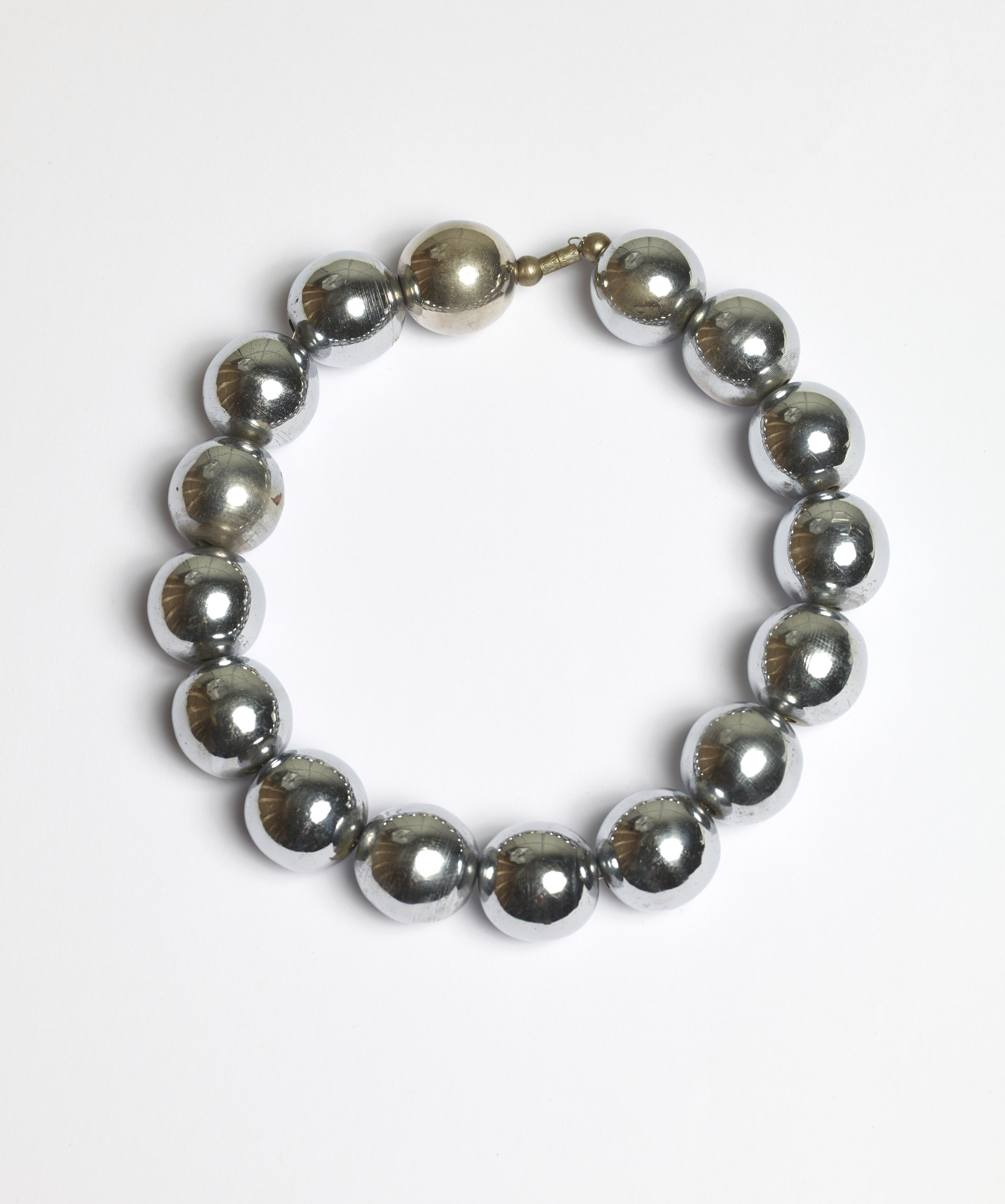
Top: Steel ball bearings necklace by Perriand | Right: © Fondation Louis Vuitton
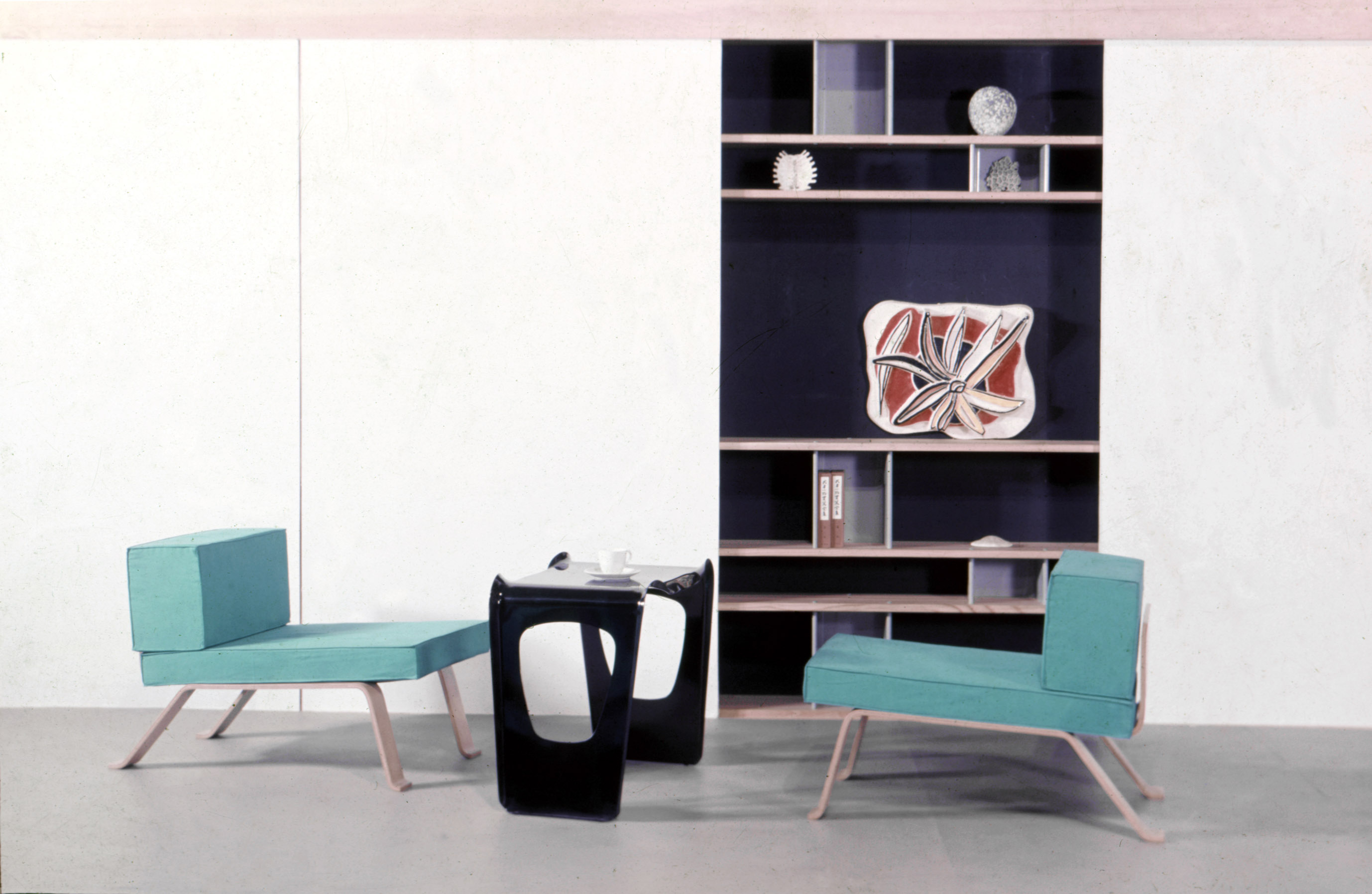

As a young female architect starting in the 1920s Perriand’s international success was made possible by her unwavering ambition and vision. Her daring confidence demanded a fair appraisal for her skilful work within a male dominated industry. Charlotte Perriand has made her mark on the art of living — and a woman’s place in it — with her progressive ways of life and thought. She believed that design is the solution for change in the world and advocated for the responsibility of creators to push culture forward. Her words have never been more relevant than today.




